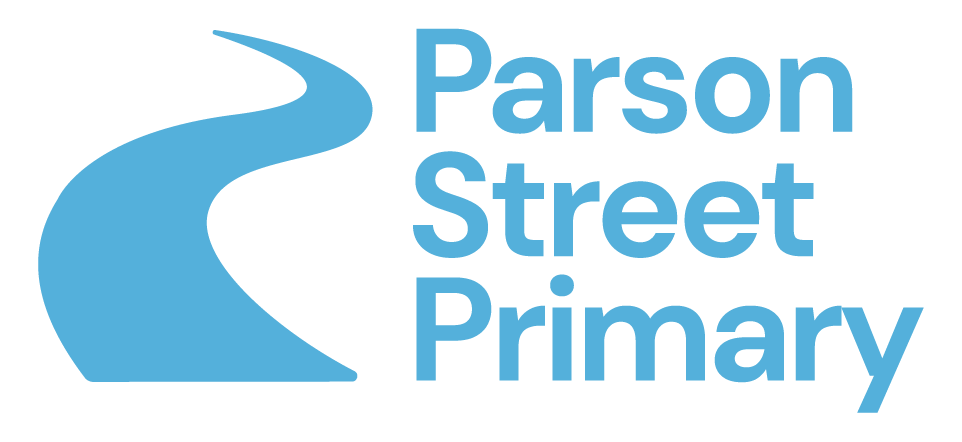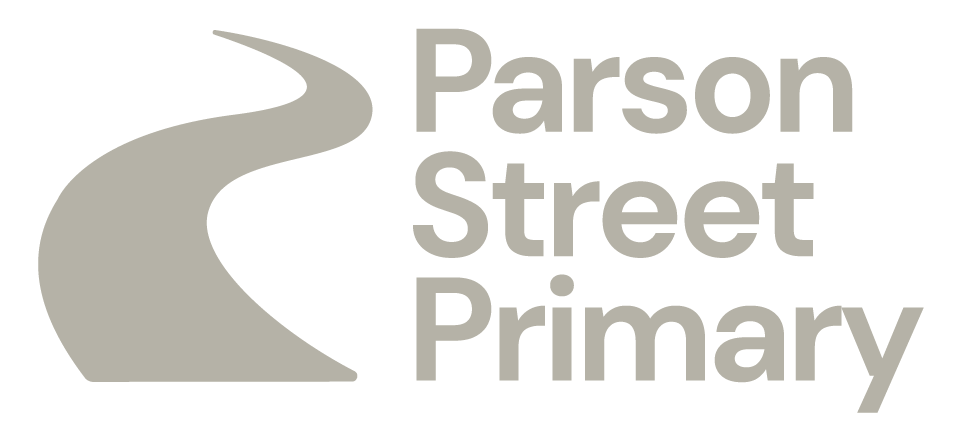Phonics
“The best primary schools in England teach virtually every child to read, regardless of the social and economic circumstances of their neighbourhoods, the ethnicity of their pupils, the language spoken at home and most special educational needs or disabilities. A sample of 12 of these schools finds that their success is based on a determination that every child will learn to read, together with a very rigorous and sequential approach to developing speaking and listening and teaching reading, writing and spelling through systematic phonics. This approach is applied with a high degree of consistency and sustained.”
Ofsted: Reading by Six. 2012
We ensure successful Phonics teaching by:
- Presenting high-quality systematic, synthetic phonic work as the prime approach to decoding print.
- Enabling children to start learning phonic knowledge and skills using a systematic, synthetic programme by the age of five, with the expectation that they will be fluent readers having secured word recognition skills by the end of key stage one
- Teaching discrete, daily sessions progressing from simple to more complex phonic knowledge and skills that cover the major grapheme/phoneme correspondences
- Rigorously and consistently assessing children’s progress
- Using a multi-sensory approach so that children learn from simultaneous visual, auditory and kinaesthetic activities
- Demonstrating that phonemes should be blended, in order, from left to right.
- Demonstrating how words can be segmented into their constituent phonemes for spelling and that this is the reverse of blending phonemes to read words
- Ensuring children apply phonic knowledge and skills as their first approach to reading and spelling, even if a word is not completely phonically regular
- Ensuring that children are taught high frequency words that do not conform completely to grapheme/phoneme correspondence rules
- Ensuring that, as pupils move through the early stages of acquiring phonics, they are invited to practise by reading texts which are decodable for them, so that they experience success and learn to rely on phonemic strategies.
Phonics Teaching and Learning at Parson Street.
Phonics in Reception
From week 3 of Term 1, single sounds are introduced to all children in the class. As a school, we follow the Unlocking Letters and Sounds phonics scheme. A new sound is introduced each day whilst recapping those previously learnt. Actions are used to support learning and grapheme-phoneme correspondence. Whilst children are also taught letter names in EYFS, this is introduced separately to Phonics so as not to confuse the phoneme with the letter name.
Children are given Home-School Reading Records where parents can record books children have read, and comment on their reading habits. Teachers also record in these twice-weekly to share children’s reading progress at school.
As sets of sounds are introduced, stickers are put in the Reading Records to show parents which sounds have been embedded.
All children take Key-Words home to learn with their families. These correspond to those being taught and learnt in school (through Unlocking Letters and Sounds).
All staff who work within EYFS have regular Phonics training and expertly deliver Phonics teaching to both whole class and supported groups. Children who are identified as needing extra support with Phonics are given regular Precision-Teaching intervention in order to close gaps.
Our Phonics progression in KS1:
Reception: We teach Letters and Sounds daily from the child’s start date. We differentiate to ensure children are reaching their full potential and appropriate support is given. Our aim is that all children will have completed phase 3 by the end of the year and be ready to start phase 4 in Year One.
Year One: We teach Letters and Sounds daily for 30 minutes from the child’s start date. We differentiate the groups to ensure children are reaching their full potential and appropriate support is given. Our aim is that all children will have completed Phase 5 by the end of the year and be ready to start phase 6 in Year Two.
Year Two: We teach Letters and Sounds daily for 30 minutes from the child’s start date. This is combined with the statutory spelling rules taught in year 2. We differentiate the groups to ensure children are reaching their full potential and appropriate support is given. Our aim is that all children will have completed phase 6 by the end of the year and that they are given opportunities to regularly revisit the sounds and common exception words learnt throughout the Letters and Sounds programme.
Across Key stage Two: Further interventions to run for children who have not completed the Letters and Sounds Programme.

